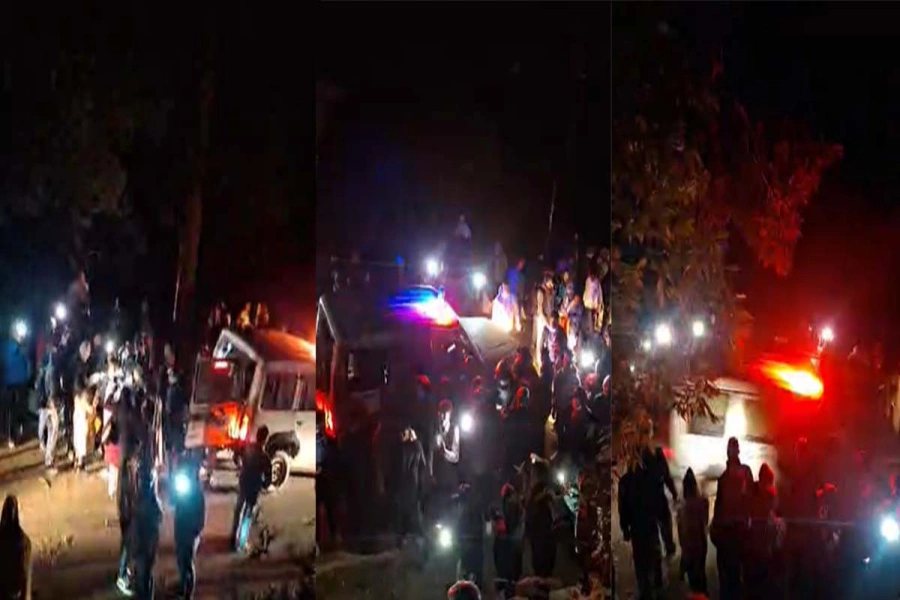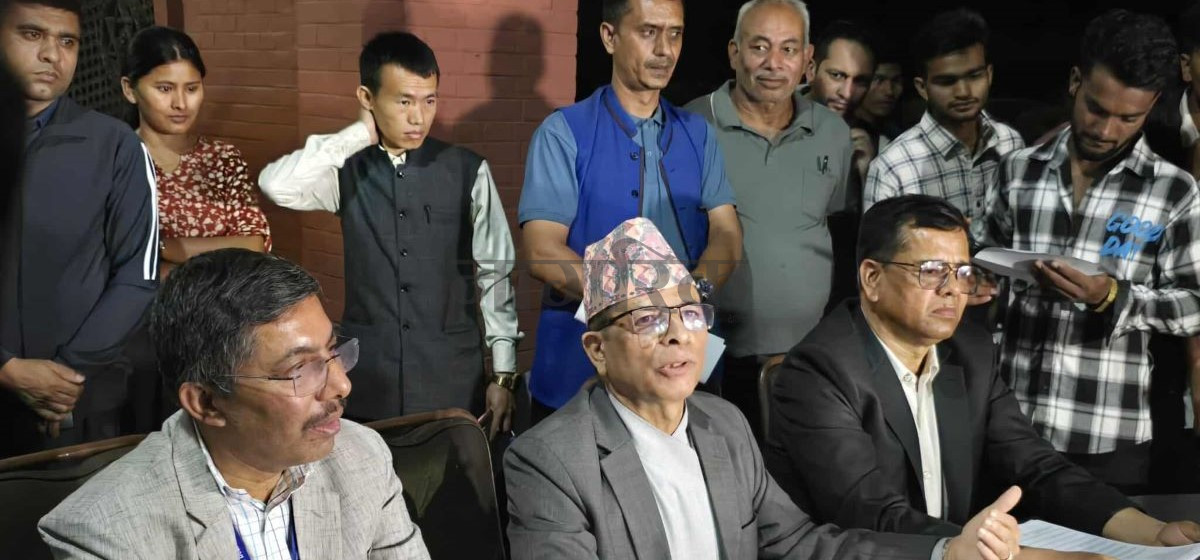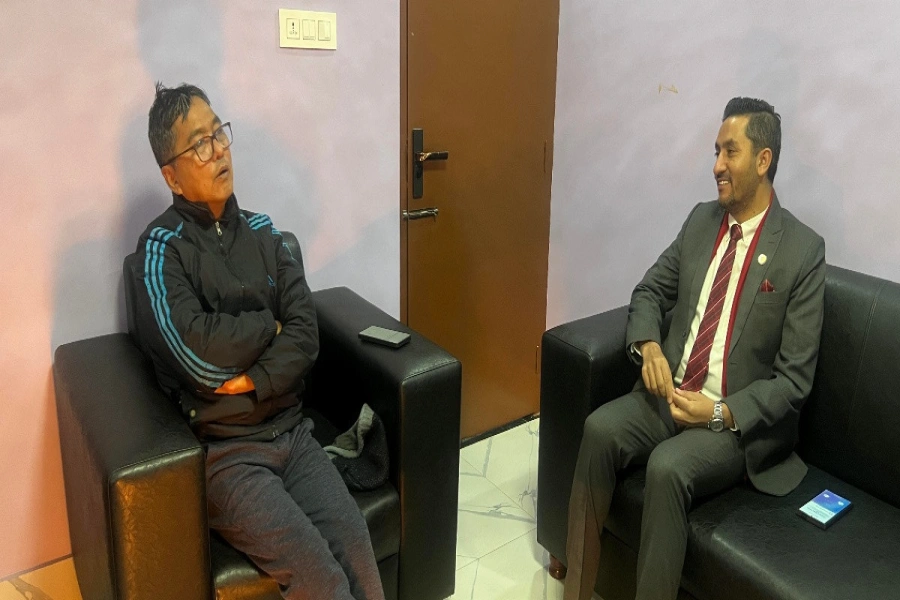KATHMANDU, July 28: In response to criticism surrounding the Secondary Education Examination Class 10 (SEE) results, the government has introduced a new measure to improve student pass rates. Alongside this year's SEE examination, the government has decided to include a 25-mark internal practical test in Mathematics.
However, concerns have been raised regarding the lack of subject teachers and math labs in government schools. Some experts argue that the inclusion of internal evaluation scores in subjects like mathematics may artificially inflate the number of higher grades in SEE results without actually improving students' learning and abilities.
Imperial World School introduces Nepal’s first Math Park in Bud...

Bishnu Narayan Shrestha, the controller of the National Examination Board's SEE examination, pointed out that over 200,000 students scored less than 1.6 GPA in this year's examination, prompting the government to introduce the 25-mark internal assessments in mathematics to make the subject more practical.
According to Controller of Examination Shrestha, all compulsory subjects, except for mathematics, had 25 marks allocated to internal evaluation. He emphasized that the objective is to connect students' lives with mathematics and align it with the new curriculum for class 10.
Mathematics teacher Dilliram Paudel expressed that the government's decision to include the 25-mark internal assessment aims to make mathematics more practical. Paudel stressed that students truly learn when they are practically engaged with the subject. However, he also pointed out the existing issue of teachers giving random marks to easily pass students, and suggested that regulations and mandatory monitoring should be implemented to address this problem in mathematics.
Looking ahead, the upcoming Secondary Education Examination class 10 SEE will include a 25-mark practical test in mathematics, as per the new curriculum implemented in the current academic session.
In the recent SEE results publication, out of a total of 483,565 students who participated, 24,268 students scored D and E grades (less than 30 marks) in Mathematics, resulting in a 42.24 percent failure rate for the subject.




































